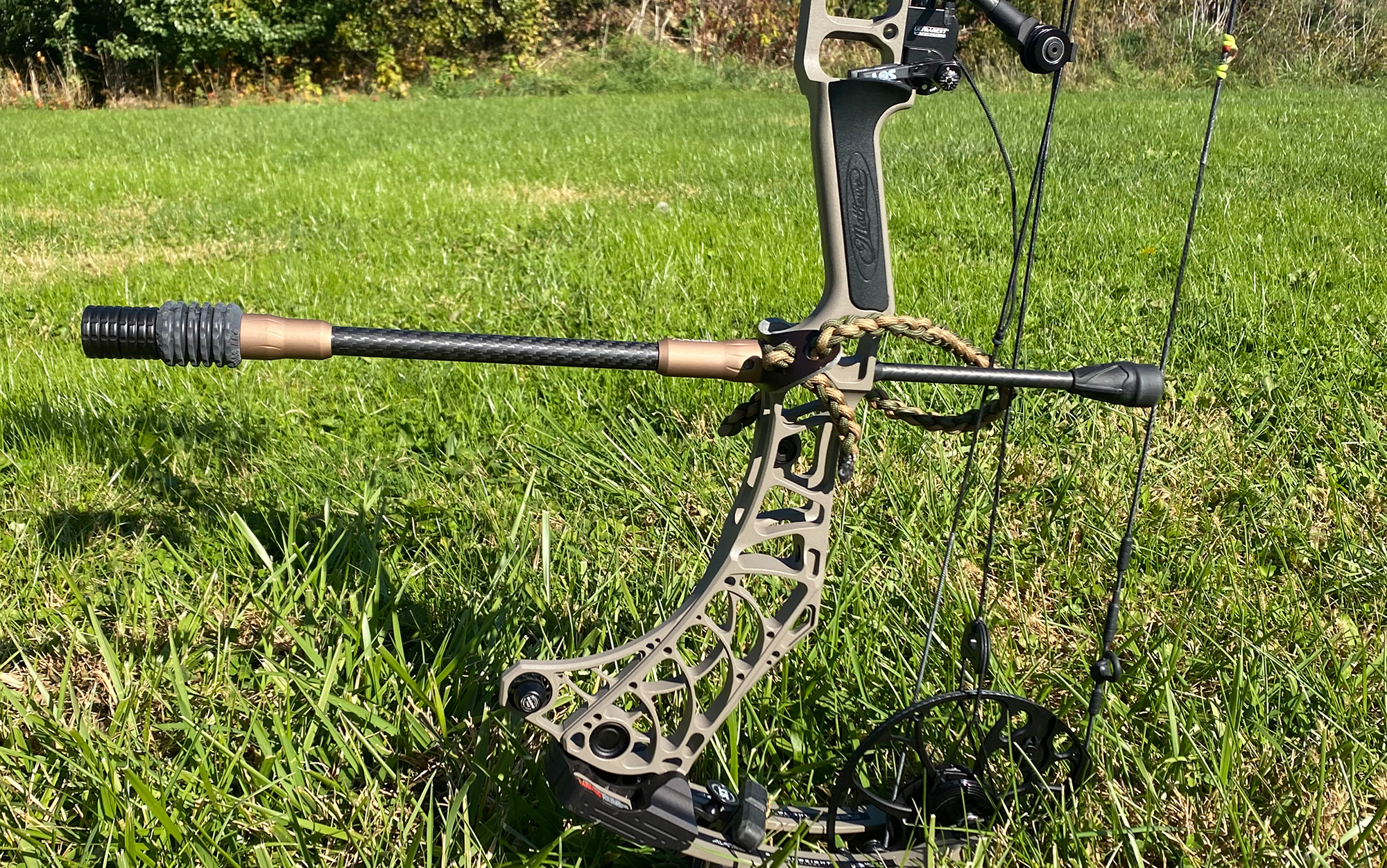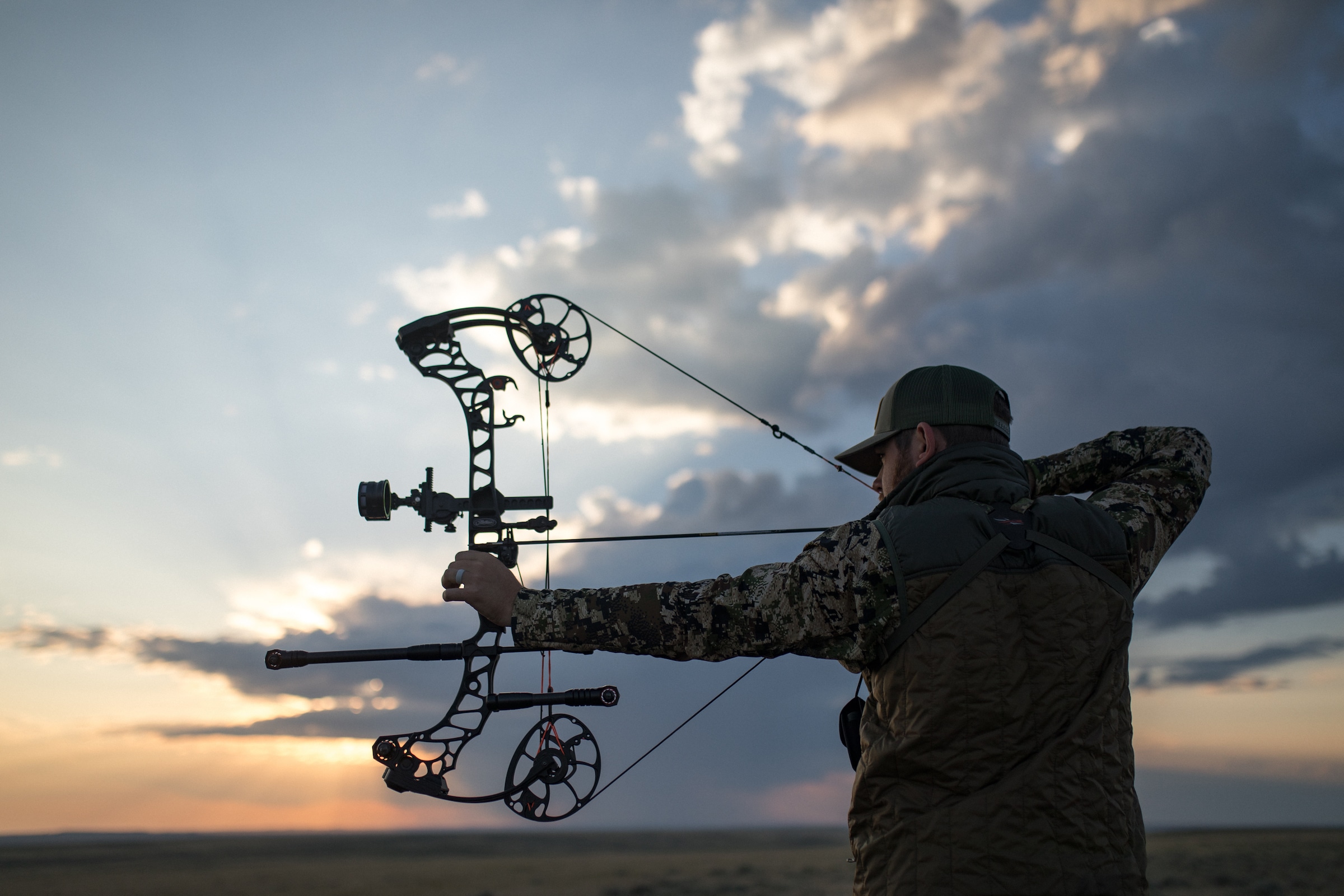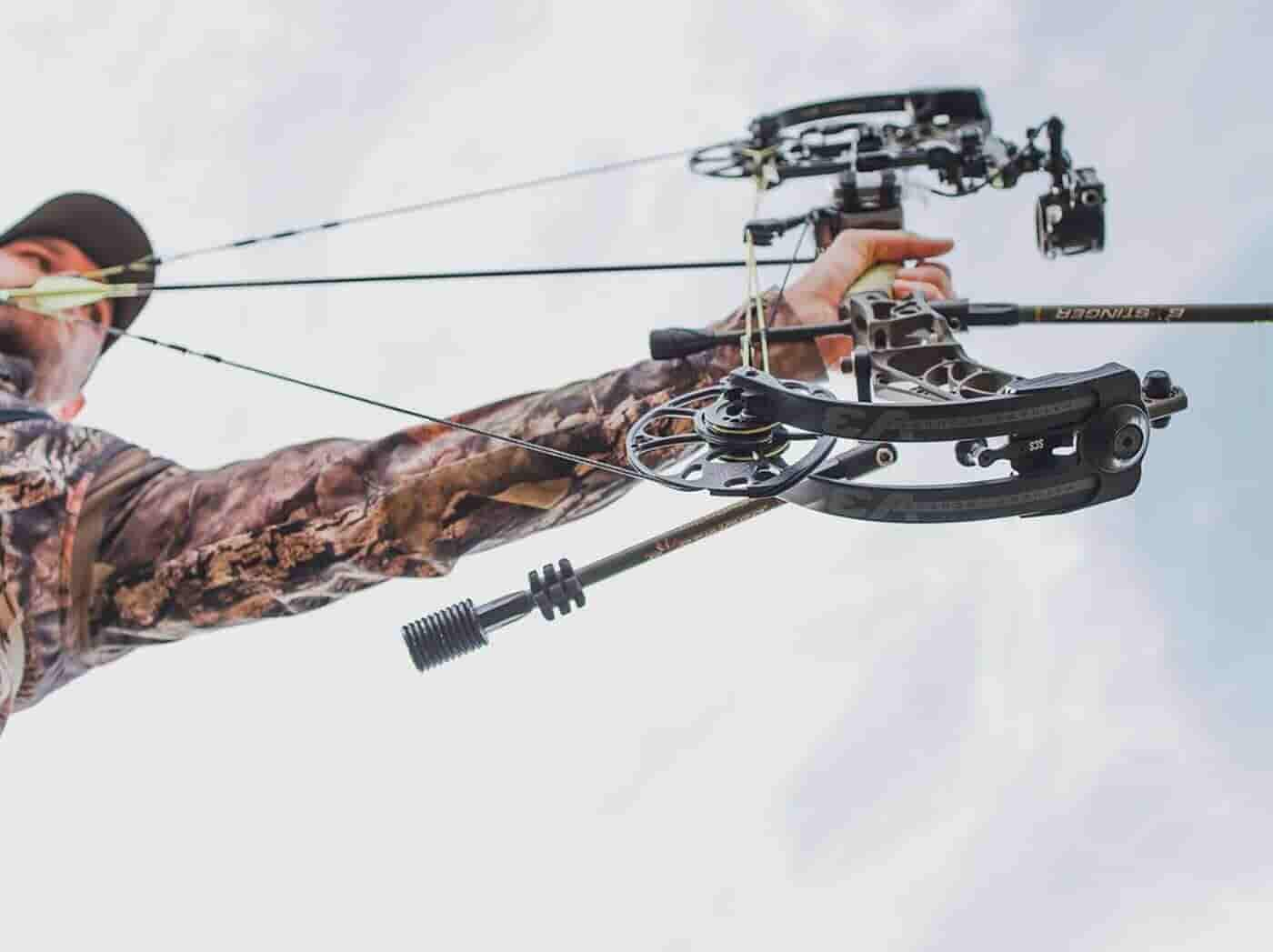Master the Art of Archery: Comprehending the Importance of a Stabilizer in Your Arrangement
Archery, an old sport that calls for skill, emphasis, and accuracy, has actually mesmerized people for centuries. Whether one is an experienced archer or just starting their trip, the value of a stabilizer in their setup can not be overemphasized. This crucial tool plays a considerable role in improving precision and boosting overall efficiency. By understanding the benefits of making use of a stabilizer, considering the right variables when picking one, and correctly mounting and readjusting it, archers can boost their skills to new elevations. Let us discover the details of grasping the art of archery and reveal the vital duty that a stabilizer plays in achieving success on the variety.
The Role of a Stabilizer in Archery
A stabilizer plays a crucial function in archery by boosting equilibrium and decreasing resonances throughout the shot. When an archer attracts the bowstring and releases it, there is a transfer of energy that can cause the bow to shake. These vibrations can adversely influence the precision of the shot. A stabilizer helps to combat these resonances by dissipating the energy and absorbing.
One of the main advantages of a stabilizer is its ability to enhance equilibrium. The weight of the stabilizer aids to disperse the weight equally, reducing the stress on the archer's arm and enhancing stability.
In enhancement to balance, a stabilizer likewise assists to reduce torque. When an archer releases the bowstring, there is a natural tendency for the acquiesce rotate in the hand. This turning, called torque, can create the arrow to divert off-course. The weight and style of a stabilizer neutralize this rotation, making sure a more regular and accurate shot.
Benefits of Using a Stabilizer
The usage of a stabilizer in archery offers countless benefits that enhance an archer's performance and total shooting experience. A stabilizer helps to minimize the vibrations generated upon launch of the arrow. These resonances can trigger the acquiesce torque or spin, resulting in inaccurate shots. By absorbing and wetting these vibrations, the stabilizer enhances the stability of the bow, permitting even more regular and specific shots.
Second of all, a stabilizer helps to balance the bow by adding weight to the front end. This weight circulation counteracts the all-natural propensity of the bow to tip ahead upon release, decreasing the amount of movement and boosting the archer's ability to keep goal on target.

Lastly, a stabilizer can likewise serve as a shock absorber, lowering the shock and recoil experienced upon release. This not just boosts the comfort of shooting yet also reduces the risk of injury or pressure on the archer's body.
Exactly How a Stabilizer Boosts Precision
Enhancing the precision of an archer's shots, a stabilizer plays a vital duty in enhancing general efficiency. archery stabilizer. By adding security to the bow, a stabilizer helps reduce the unwanted activity and resonance that can occur during a shot. This decrease in motion allows the archer to maintain a constant aim, resulting in more regular and accurate shots

In addition, a stabilizer aids to wet resonances that happen upon release. These resonances can create the acquiesce drink, influencing the arrowhead's trajectory and accuracy. By absorbing and dissipating these resonances, a stabilizer aids to keep the bow's security and guarantee a accurate and smooth shot.
Moreover, a stabilizer can also help in stabilizing the weight circulation of the bow (archery stabilizer). By including weight to the front of the bow, a stabilizer aids to balance the weight of devices, such as views or quivers, which may be affixed to the bow. This well balanced weight circulation helps the archer keep a regulated and steady shooting placement, causing improved precision
Elements to Consider When Selecting a Stabilizer
When Click This Link picking a stabilizer for your bow, it is necessary to consider numerous factors that will add to its general efficiency and viability for your private capturing design. The very first factor to think about is the size of the stabilizer. Stabilizers are available in different lengths, varying from brief to long. Longer stabilizers typically offer more stability and equilibrium, however they can likewise be larger and a lot more hard to maneuver. Shorter stabilizers, on the other hand, offer better maneuverability but may compromise some security.
Another aspect to think about is the weight of the stabilizer. The weight of the stabilizer can affect the equilibrium of your bow.
Some stabilizers have adjustable functions, such as flexible size or flexible weights, which allow you to customize the stabilizer to your details needs. Carbon fiber stabilizers are durable and light-weight, while aluminum stabilizers use a balance between weight and rigidity.
Various stabilizers might work better for specific shooting styles, such as target shooting or hunting. It is a good idea to consult with experienced archers or specialists to identify which stabilizer will certainly best suit your specific requirements.
Tips for Properly Adjusting a stabilizer and mounting
Longer stabilizers give even more stability yet can be less additional resources manoeuvrable, while shorter stabilizers use enhanced maneuverability however might compromise security. As soon as you have picked the proper length, attach the stabilizer to the bow utilizing the offered mounting hardware. Ensure that the stabilizer is firmly fastened and lined up with the bow's riser.
After mounting the stabilizer, it is needed to make modifications to achieve the desired equilibrium and shot uniformity. Begin by readjusting the weight distribution along the stabilizer. This can be done by adding or eliminating weights from the stabilizer's weight system. Experiment with different weight configurations to find the equilibrium that works best for you. Furthermore, think about readjusting the angle of the stabilizer to tweak the shot. A small forward or backward tilt can affect the bow's equilibrium and exactly how it reacts throughout the shot.

Conclusion
In final thought, a stabilizer plays an important function in archery by enhancing precision and decreasing bow torque. By including weight to the bow, it assists to stabilize and support the shot. When choosing a stabilizer, variables such as product, length, and weight ought to be taken into consideration to meet individual needs. Appropriate setup and change of the stabilizer are also vital for optimal performance. Grasping using a stabilizer can substantially boost the archer's skill and accuracy.
Moreover, a stabilizer can likewise aid in balancing the weight distribution of the bow. By including weight to the front of the bow, a stabilizer aids to stabilize the weight of devices, such as quivers or views, which might be attached to the bow. Some stabilizers have flexible features, such as flexible length or flexible weights, which allow you to tailor the stabilizer to your particular demands. Carbon fiber stabilizers are long navigate to these guys lasting and lightweight, while aluminum stabilizers supply a balance in between weight and strength.
Longer stabilizers offer even more stability however can be much less manoeuvrable, while much shorter stabilizers use increased maneuverability yet may compromise security.